
Lake Van, is the largest lake in Turkey and the Armenian Highlands. It lies in the far east of Turkey, in the provinces of Van and Bitlis. It is a saline soda lake, receiving water from many small streams that descend from the surrounding mountains. It is one of the world's few endorheic lakes of size greater than 3,000 square kilometres (1,200 sq mi) and has 38% of the country's surface water. A volcanic eruption blocked its original outlet in prehistoric times. It is situated at 1,640 m (5,380 ft). Despite the high altitude and winter highs below 0 °C (32 °F), high salinity mainly prevents it from freezing at such times. Specifically, the shallow northern section can freeze, but rarely.

Chufut-Kale is a medieval city-fortress in the Crimean Mountains that now lies in ruins. It is a national monument of Crimean Karaites culture just 3 km (1.9 mi) east of Bakhchisaray.

Bitlis Province is a province of eastern Turkey, located to the west of Lake Van. The province is considered part of Western Armenia by Armenians. The province is considered part of Turkish Kurdistan and has a Kurdish majority. The current Governor of the province is Oktay Çağatay.

Adıyaman is a city in southeastern Turkey, and the capital of the Adıyaman Province. Its inhabitants are mostly Kurdish.

Çınar is a district of Diyarbakır Province of Turkey. Its population is 74,207 according to Turkish government statistics as of 2018.

Bismil is a district of Diyarbakır Province of Turkey. The population is 117,674 and most of the people are Kurds.
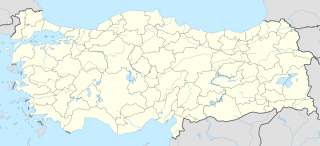
Ahlat is a town and district in Turkey's Bitlis Province in Eastern Anatolia Region. From 1929-1936, it had been included as a district of Van Province. The town of Ahlat is situated on the northwestern shore of Lake Van. The mayor is Abdulalim Mümtaz Çoban (AKP).
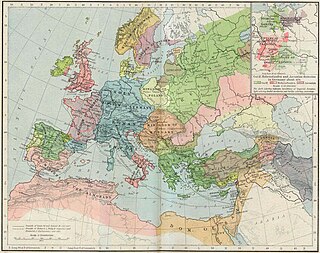
The Shah-Armens, also known as Ahlatshahs, was a 11th- and 12th-century Turcoman beylik founded after the Battle of Manzikert (1071) and centred in Ahlat on the northwestern shore of the Lake Van. This region comprised most of modern-day Bitlis and Van, and parts of Muş provinces.
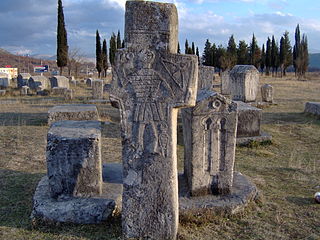
Stećak or Stećci in plural form is the name for monumental medieval tombstones, that lie scattered across Bosnia and Herzegovina, and the border parts of Croatia, Montenegro and Serbia. An estimated 60,000 are found within the borders of modern Bosnia and Herzegovina and the rest of 10,000 are found in what are today Croatia (4,400), Montenegro (3,500), and Serbia (2,100), at more than 3,300 odd sites with over 90% in poor condition.

Meydancık Castle is a castle ruin in Mersin Province, Turkey. The original name was Kirshu and the name of the ruin during Ottoman times was Beydili Kale.
Below is the tentative list of UNESCO World Heritage Sites in Turkey.
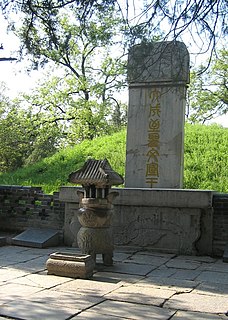
The Cemetery of Confucius is a cemetery of the Kong clan in Confucius' hometown Qufu in Shandong province. Confucius himself and some of his disciples are buried there, as well as many thousands of his descendants.

Kuytuca is a village in Göle district of Ardahan Province, Turkey. At 40°46′N42°45′E it is situated 17 kilometres (11 mi) east of Göle and 61 kilometres (38 mi) south of Ardahan. The population of Kuytuca is 1012 as of 2010. The village was founded by seven families from Ahıska in the early years of the 19th century. It was captured by Russia during the Russo-Turkish War (1877–1878). It was returned to Turkey after the First World War.
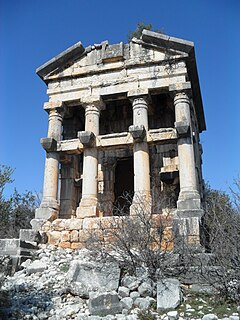
Mezgitkale is a 2nd- or 3rd-century mausoleum in Mersin Province of Turkey.

Urla Clashes were a series of clashes in Urla during the Greco-Turkish War (1919–1922). After the Greek landing at İzmir, the Greek army advanced and occupied Bornova and Karşıyaka. After that it advanced to the Karaburun Peninsula where Urla was situated.
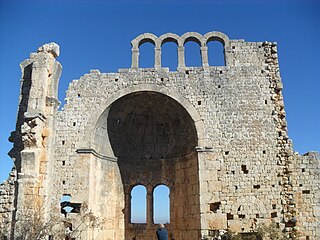
Öküzlü is an archaeological site in Mersin Province, Turkey.

Eshab-ı Kehf Kulliye is a historical building complex in Kahramanmaraş Province, Turkey

Elazığ Archaeology and Ethnography Museum is a museum in Elazığ, Turkey

Kileci Mosque is a small historical mosque in Akşehir, Turkey. It is a 13th-century mosque built during the Sultanate of Rum era. But the exact construction date, the commissioner and the architect are not known.

Foça Castle, also known as Beşkapılar Castle, is a coastal fortification in İzmir Province, western Turkey.

















